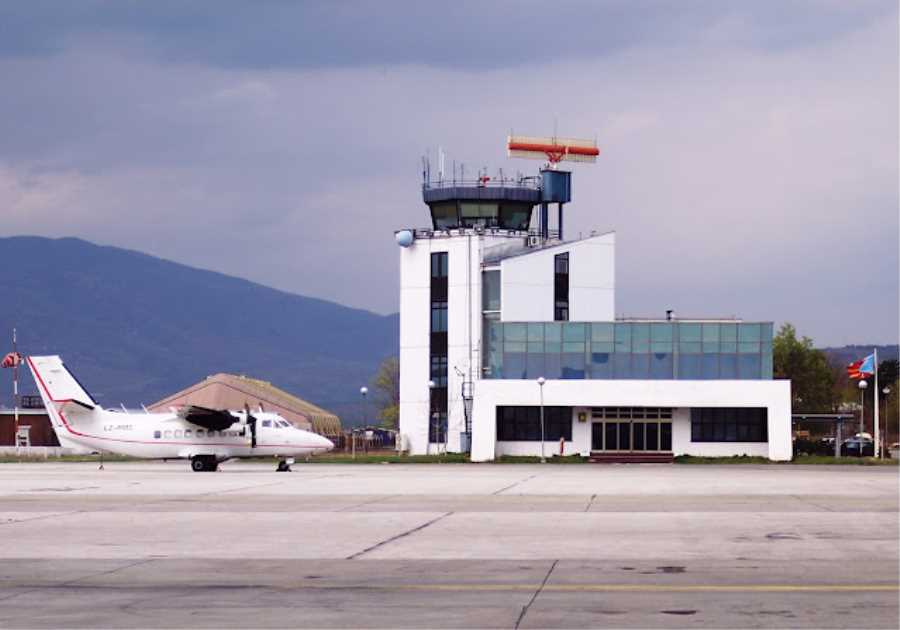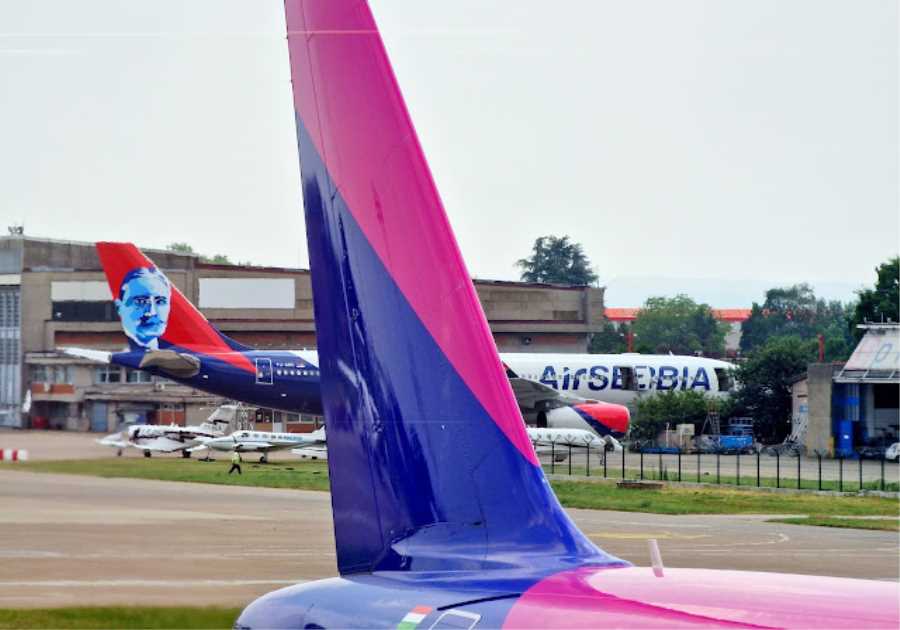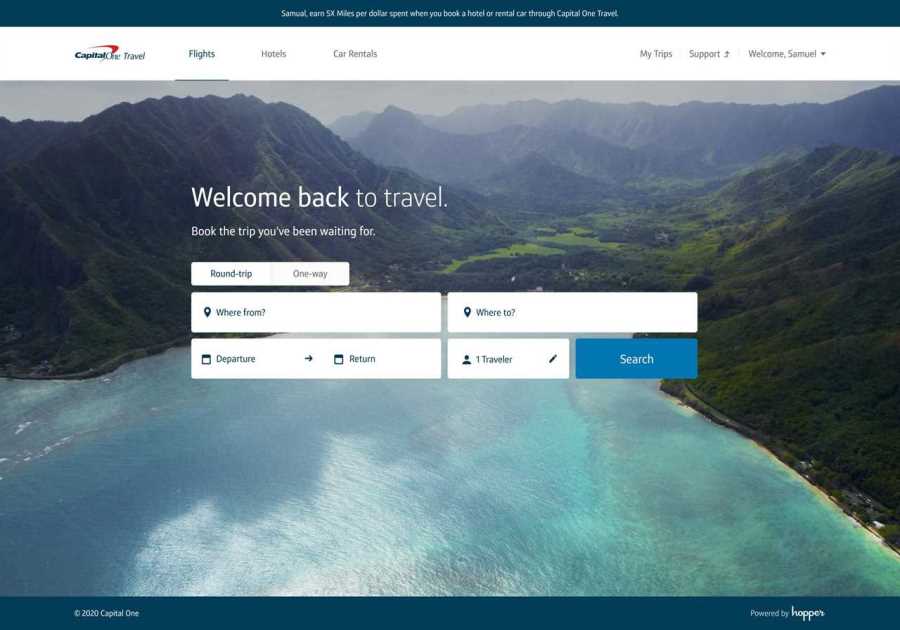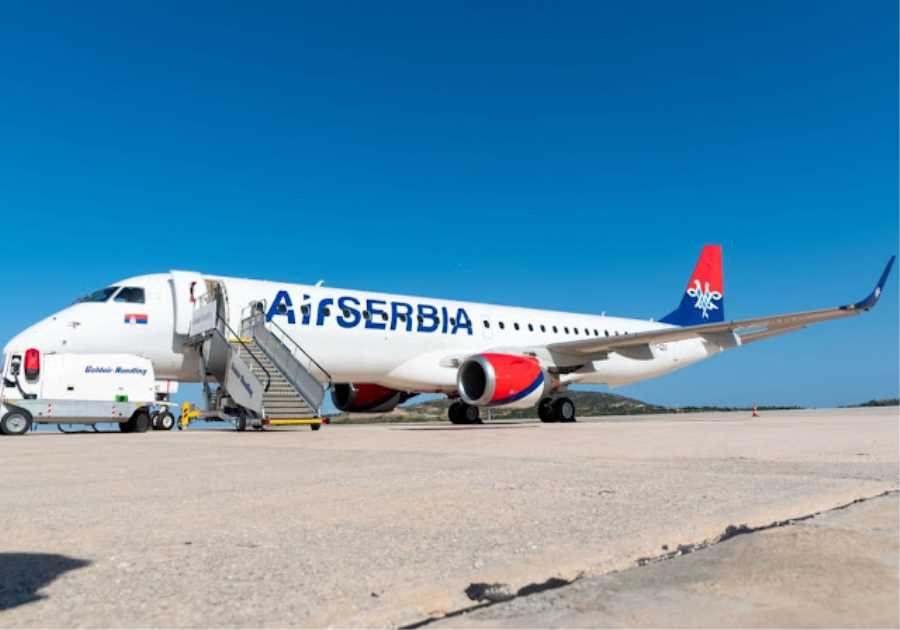HOSTED BY: https://1airtravel.com
TODAY'S READ
*Originally posted on travelradar.aero - the leading aviation news source*
When a pilot is in a state of reduced mental or physical performance capability resulting from sleep loss or extended wakefulness, known as fatigue, they can remove themselves from a flight if they find themselves exhausted. It is possible as significant airlines have fatigue reporting mechanisms.
Pilot Fatigue is A Big Issue in Commercial Aviation
“Pilot fatigue has long been a concern, and the European Aviation Safety Agency (EASA) proposed new EU-wide rules setting limits on the duration that pilots could fly and be on duty.” – BBC News.Pilot fatigue is increasingly recognized as a danger that can cause aviation accidents and incidents by impairing many aspects of human performance. Because the human body and brain perform best with uninterrupted sleep at night, fatigue is unavoidable in 24/7 operations. As a result, fatigue must be minimized since it cannot be cured.
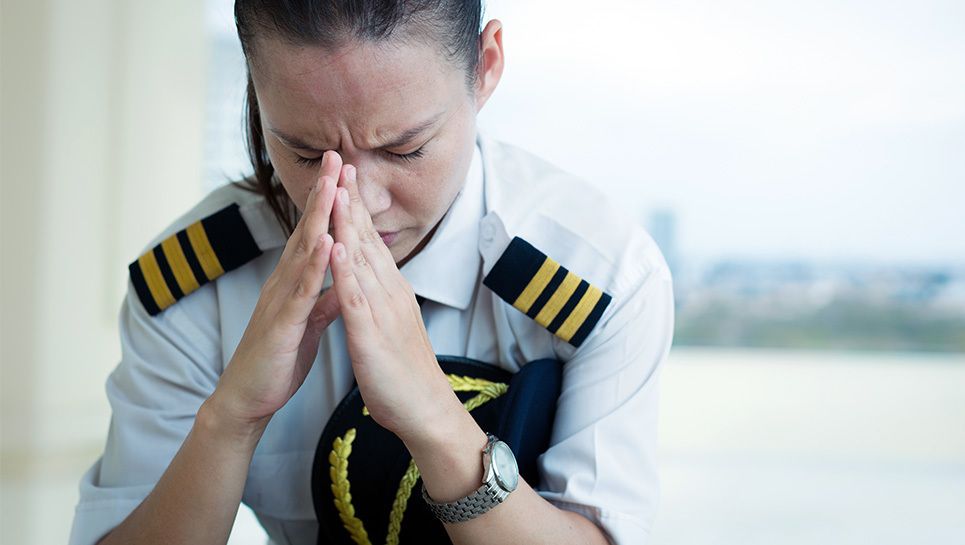
Pilot fatigue: can you beat your body clock? @BAA Training
Fatigue And Risk Management
The Federal Aviation Administration (FAA) sponsored a multidisciplinary subject matter group of expert work to examine the problems with maintenance-related human fatigue and feasible science-based methods for lowering fatigue risk.
The flight time, flight duty periods, duty periods, and rest periods must not exceed the regulation-prescribed limits in the prescriptive fatigue management approach. The maximum flight time is nine hours if only one pilot conducts the flight. If the first flight starts at a different time, the maximum flight time is eight hours. With three pilots, the maximum time can be extended to 13 hours, and with four pilots, to 17 hours.
Rest breaks should be at least 10 hours, with no allowable reduction, not even for unforeseen circumstances. Pilots must have the opportunity to have eight hours of sleep during the rest break.
An operator should also use the Safety Management System (SMS) procedures to manage other hazards and handle fatigue. Getting enough sleep is the best way to prevent fatigue. However, it can be challenging to accomplish this, especially during commercial deployments when the quality and duration of sleep are frequently lower than usual.
Factors Contributing To Pilot Fatigue
1. Federal Aviation Regulations
In the FAA fatigue in aviation brochure, it is stated that pilots should not do any of the following:
Make use of sleeping medicines (prescription or otherwise).Drink or using caffeine 3-4 hours before going to bed.Take work to bed.Eat a large meal just before going to bed.Exercise 2-3 hours before going to bed. While exercise encourages a healthy lifestyle, it should not be done too close to nighttime.However, pilots are allowed and encouraged to:
Create a relaxing sleeping environment at home. Adjust the heating and cooling as needed. Purchase an excellent mattress.See a doctor to diagnose and treat any medical illnesses that are affecting sleep problems.Be aware of the potential adverse effects of some medications, including over-the-counter drugs – sleepiness or impaired alertness is a concern.When travelling, choose hotels that offer a relaxing environment.Make it a habit to sleep for eight hours every night. Nap during the day when necessary, but keep the rest to fewer than 30 minutes. Longer naps cause sleep inertia, which is harmful.Try to turn in at the same time each day, which creates a routine and allows you to fall asleep faster.If you can’t fall asleep after 30 minutes of coming to bed, get up and try a sleep-inducing activity.Get plenty of rest and avoid stress before flying. If complications prevent you from getting a good night’s sleep, reconsider your flight and reschedule it accordingly.2. Gate-To-Gate Pay
The term “gate-to-gate” refers to the fact that pilots get paid only after the plane has pulled back from the gate in the departure city, and the timer stops when it arrives at the arrival gate. However, they have much more to do than fly planes.
In addition to other unpaid tasks, pilots must submit flight plans, perform pre- and post-flight checks to guarantee the safety of the aircraft, and complete paperwork.
3. Pilots’ Daily Duties
Pilots are responsible for various time-consuming duties before and after a flight, such as weather assessments, completing flight plans, executing pre-flight checks on aircraft, and filing post-flight reports to ensure that each trip lands safely. All these duties contribute significantly to pilot fatigue in commercial aviation.
Other causes of pilot fatigue from the European Cockpit Association are:
67% of French pilots identify a series of morning departures as problematic and contributing to fatigue.88% of the pilots in Denmark estimate the rest between work periods as insufficient, and 83% reiterate the long working hours.69% of the pilots in Germany stated they were too tired to perform a whole flight duty after having been called out of standby.In addition to a series of early or late duties, the top 3 of the Netherlands survey pilots note that there often is a lack of resting places/possibilities.More than 50% of the pilots polled in France have similar concerns. The lack of adequate rest areas is considered problematic and contributes to fatigue.Pilot fatigue is a big issue in commercial aviation, resulting in risks and accidents in different forms. As much as we have discussed risk management for fatigue, it will be safe to comply.Will you like to discuss what you know about pilot fatigue as a big issue in commercial aviation? Comment below! **CONTENT ORIGINATED FROM TRAVELRADAR.AERO***https://travelradar.aero*
By: Anibe AdamaTitle: Pilot Fatigue Is Still A Big Issue In Commercial Aviation
Sourced From: travelradar.aero/pilot-fatigue-is-still-a-big-issue-in-commercial-aviation/?utm_source=rss&utm_medium=rss&utm_campaign=pilot-fatigue-still-big-issue-commercial-aviation
Published Date: Tue, 06 Sep 2022 17:07:27 +0000
Did you miss our previous article...
https://1airtravel.com/feature/qantas-delays-direct-flights-to-san-francisco-to-2023


